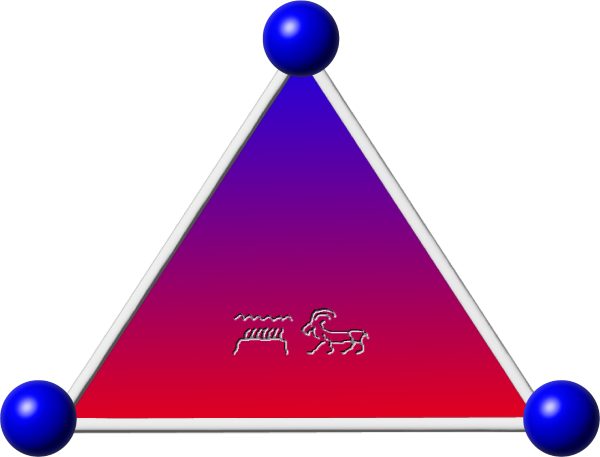
What goes into producing a Bible translation? I hear this question or something quite close to it very frequently. In general, people know very little about the work that goes into Bible translation.
A Bible translation committee must start with a set of goals. Who is the translation to be for? What texts will we use and how will we decide? What other versions do we consult? What style and difficulty level of language must be used.
I wrote What’s in a Version? to answer a few of these questions. Starting with goal setting I go through the various decisions that must be made and discuss how those decisions will impact the translation that results.
I focus on the kind of information that you can learn from the preface of the Bible translations on a book store shelf, always provided you know how to interpret those terms. For example, what is an eclectic text and what is the majority text? What difference does it make which your Bible translation follows?
There are two goals for this book. The first is that you be able to choose your own Bible more intelligently and so get more out of your study of God’s word for yourself. The second is that you understand something about the history of the Bible, and of the effort that continues to go into making it available.
I use a translation into a new language as my primary example because that is an example of both the sacrifices made by those who have preserved the Bible through copying, printing, translating, and distributing it, and also of one of the greatest missions we have today–that of making the Bible available to all who would like to read it in their native language.
This is a new page to support a book that is now approaching five years old. There have been a few changes in the available versions over the last few years, but the principles and the process remain the same. For more current editions, such as the NLT-2, see my Bible Translation Selection Tool.
— Henry Neufeld, October 24, 2009


